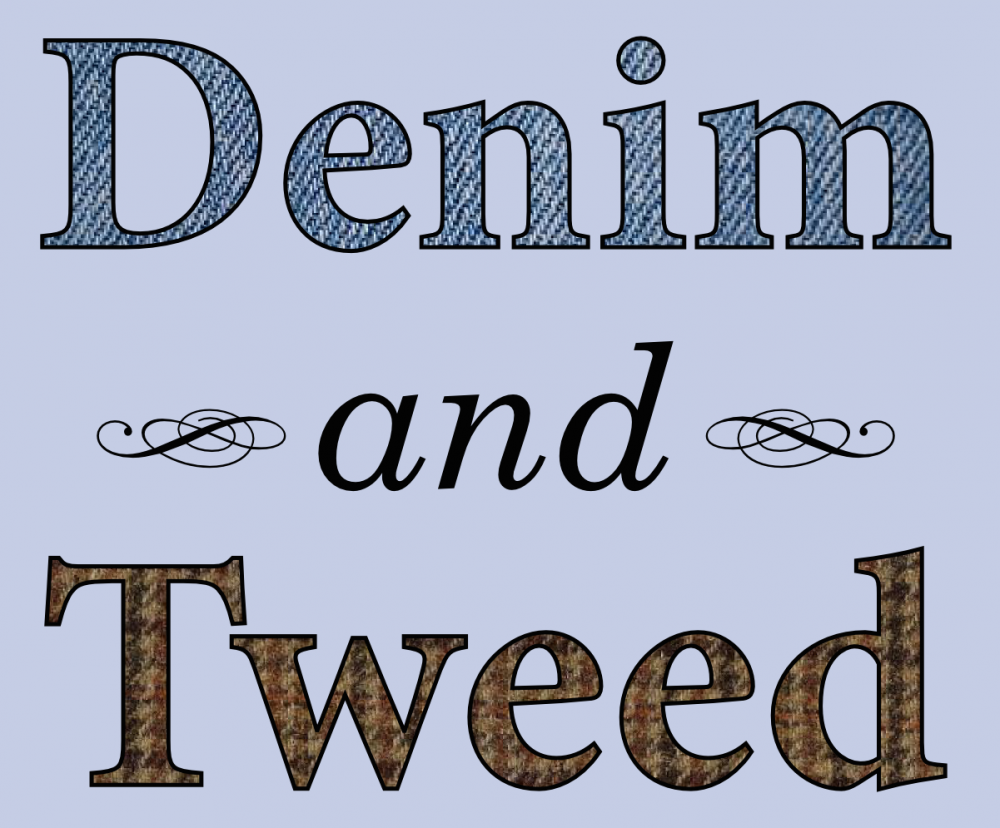![]() Plants are locked in a long twilight struggle with herbivores, particularly insects – sometimes they evolve a new defensive mechanism, “escaping” to diversify into new groups [$-a], but mostly natural selection works with the traits they already have. That means arms races – plants evolving greater concentrations of defense chemicals, and herbivores evolving greater tolerance of those chemicals. In this month’s Evolution, a new study of defensive chemistry evolution in milkweed [$-a] documents exactly this process.
Plants are locked in a long twilight struggle with herbivores, particularly insects – sometimes they evolve a new defensive mechanism, “escaping” to diversify into new groups [$-a], but mostly natural selection works with the traits they already have. That means arms races – plants evolving greater concentrations of defense chemicals, and herbivores evolving greater tolerance of those chemicals. In this month’s Evolution, a new study of defensive chemistry evolution in milkweed [$-a] documents exactly this process.
The study by Agrawal et al. follows up on earlier work in the same group, which established the evolutionary relationships between the members of the milkweed genus, Asclepias. Milkweeds are named for their defense against insect herbivores, a milky sap full of nasty chemicals – coumaric acids, caffeic acids, cardenolides, and flavonoids. The authors raised a large sample of milkweed species in a controlled environment, then measured the levels of these chemicals in each species. By mapping the chemical profiles onto the previously-developed phylogeny of Asclepias, they could estimate how milkweeds’ chemistry has evolved since the genus first arose.
This analysis revealed that milkweeds have gotten nastier over their evolutionary history. But it’s not that clear-cut: the diversity of defensive chemicals present in Asclepias decreased, even as the total production increased – so the plants seemed to be paring down an initial diversity of defenses into a few chemicals that worked especially well. Coumaric and caffeic acids, which are produced from the same biochemical precursors, forced a trade-off so that as one increased, the other decreased. On the other hand, cardenolides and flavonoids, which are both produced in another biochemical pathway, were positively associated.
If this sounds complicated, that’s because it is. As Agrawal and his coauthors point out, we actually don’t have a good sense at what timescale an arms race should manifest – that is, are we talking about plants evolving greater defenses over a few generations, or over millions of years, as this study? Natural selection can appear to be moving a population strongly in one direction for a year or two – and then turn out to be fluctuating all over the place [$-a] if you watch for decades. How year-to-year selection acting on multiple traits translates into the grand trends of evolution – whether the explosive diversification of flowering plants or the emergence of human intelligence – remains one of the big puzzles for those of us who study the living world.
Reference
A.A. Agrawal, J.-P. Salminen, M. Fishbein (2009). Phylogenetic trends in phenolic metabolism of milkweeds (Asclepias): Evidence for escalation. Evolution, 63 (3), 663-73 DOI: 10.1111/j.1558-5646.2008.00573.x
P.R. Ehrlich, P.H. Raven (1964). Butterflies and plants: a study in coevolution Evolution, 18, 586-608 DOI: http://www.jstor.org/pss/2406212
P.R. Grant, B.R. Grant (2002). Unpredictable evolution in a 30-Year study of Darwin’s finches Science, 296 (5568), 707-11 DOI: 10.1126/science.1070315











